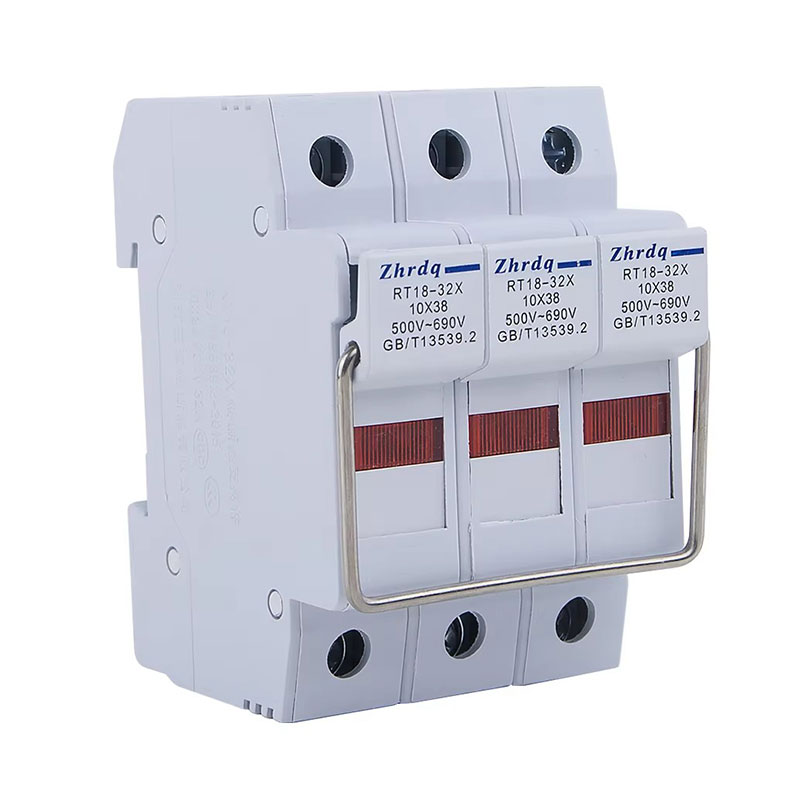What Is a Cylindrical Fuse and How Does It Work?
2025-04-15
Cylindrical fuses are a vital component in electrical safety, commonly used in both residential and industrial applications. Their job is simple yet crucial: protect electrical circuits from overcurrent and prevent equipment damage or fire hazards.

Understanding Cylindrical Fuses
A cylindrical fuse is named for its shape — a tube-like body that houses a metal wire or strip. This metal conductor is engineered to melt and break the circuit when the current exceeds safe levels. This action interrupts the power flow, protecting the rest of the system from damage.
Common Applications
These fuses are found in:
- Consumer electronics
- Control panels
- Motor protection systems
- Household distribution boards
- Automotive systems
They are particularly favored for their compact size and ease of installation, which makes them ideal for dense electrical setups.
Key Benefits
- Fast response to overloads
- Simple design and easy replacement
- Clear indication of blown fuse (in many models)
- Wide availability in various ratings and sizes
When to Use Cylindrical Fuses
Cylindrical fuses are perfect for low- to medium-voltage circuits. If you're working with motors, lighting systems, or distribution panels, these fuses offer a reliable and cost-effective form of protection.


